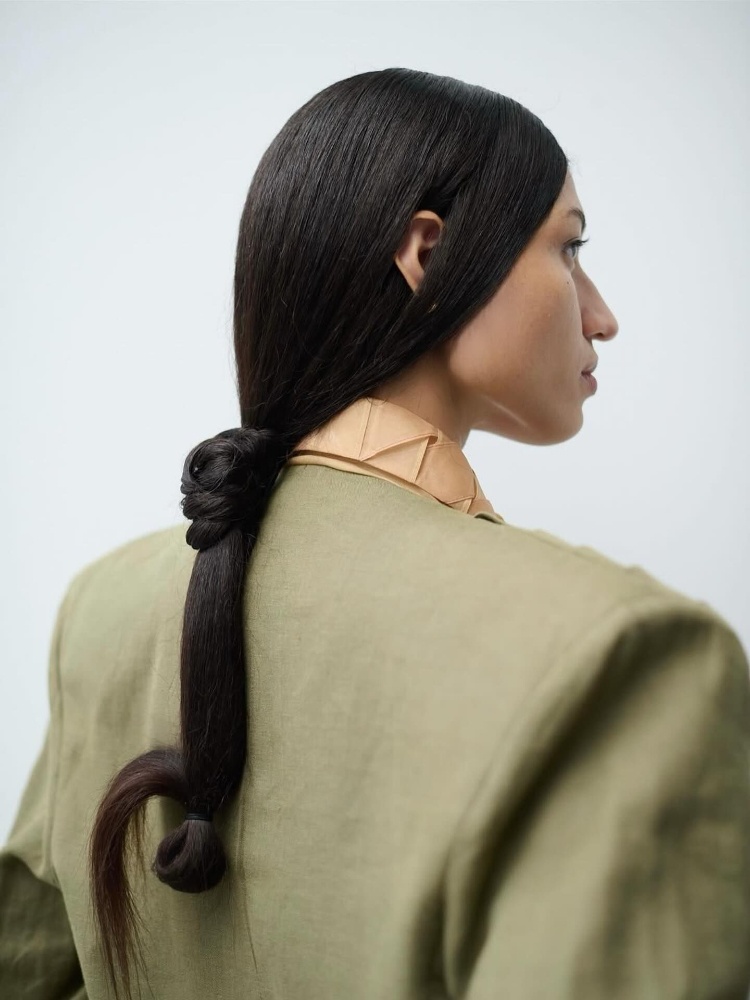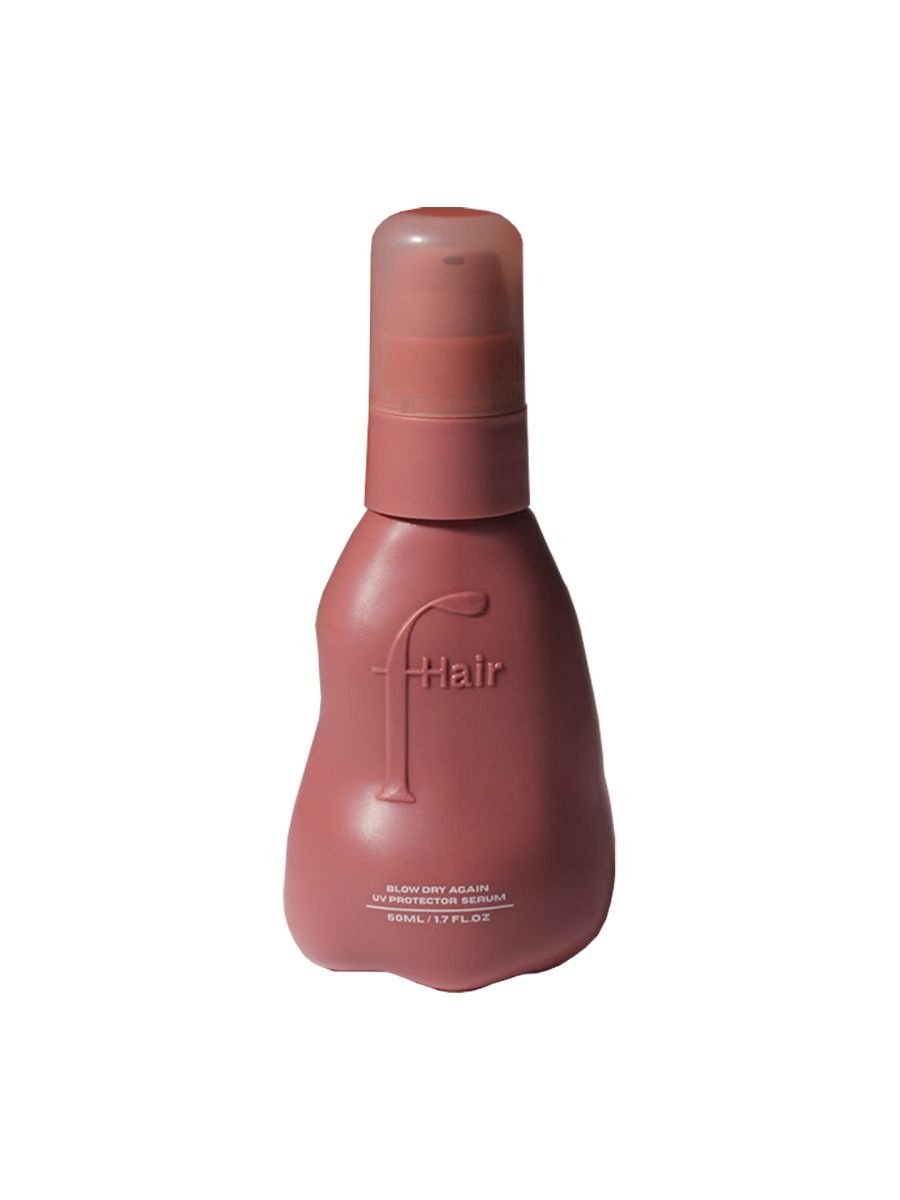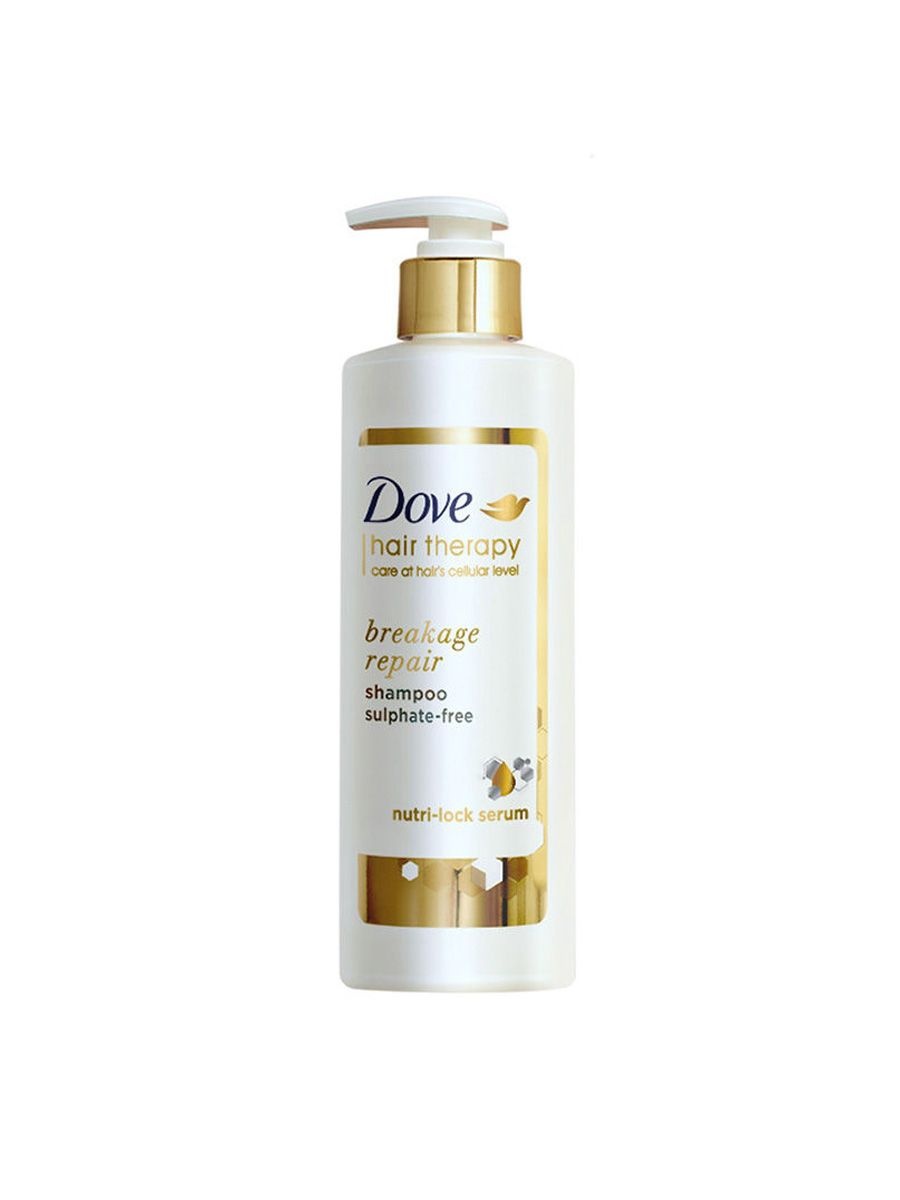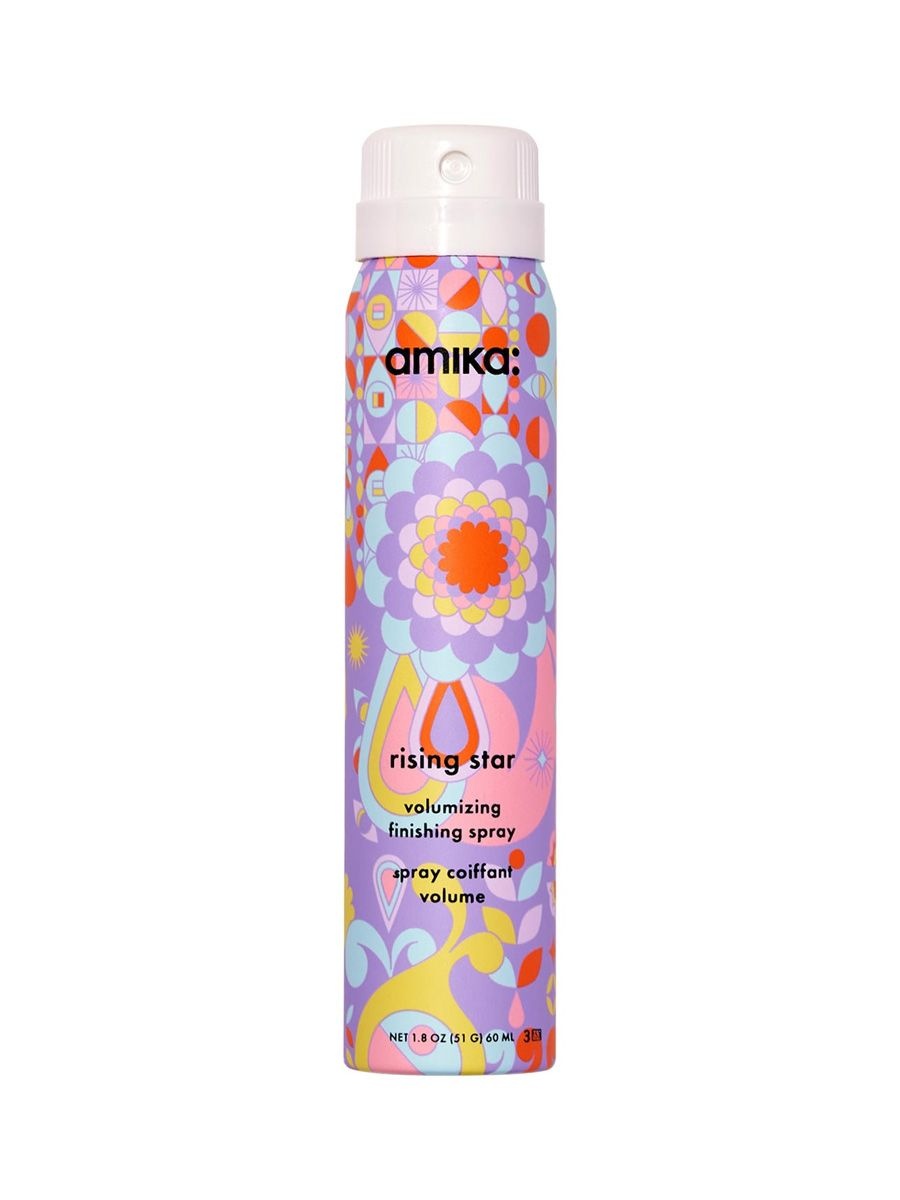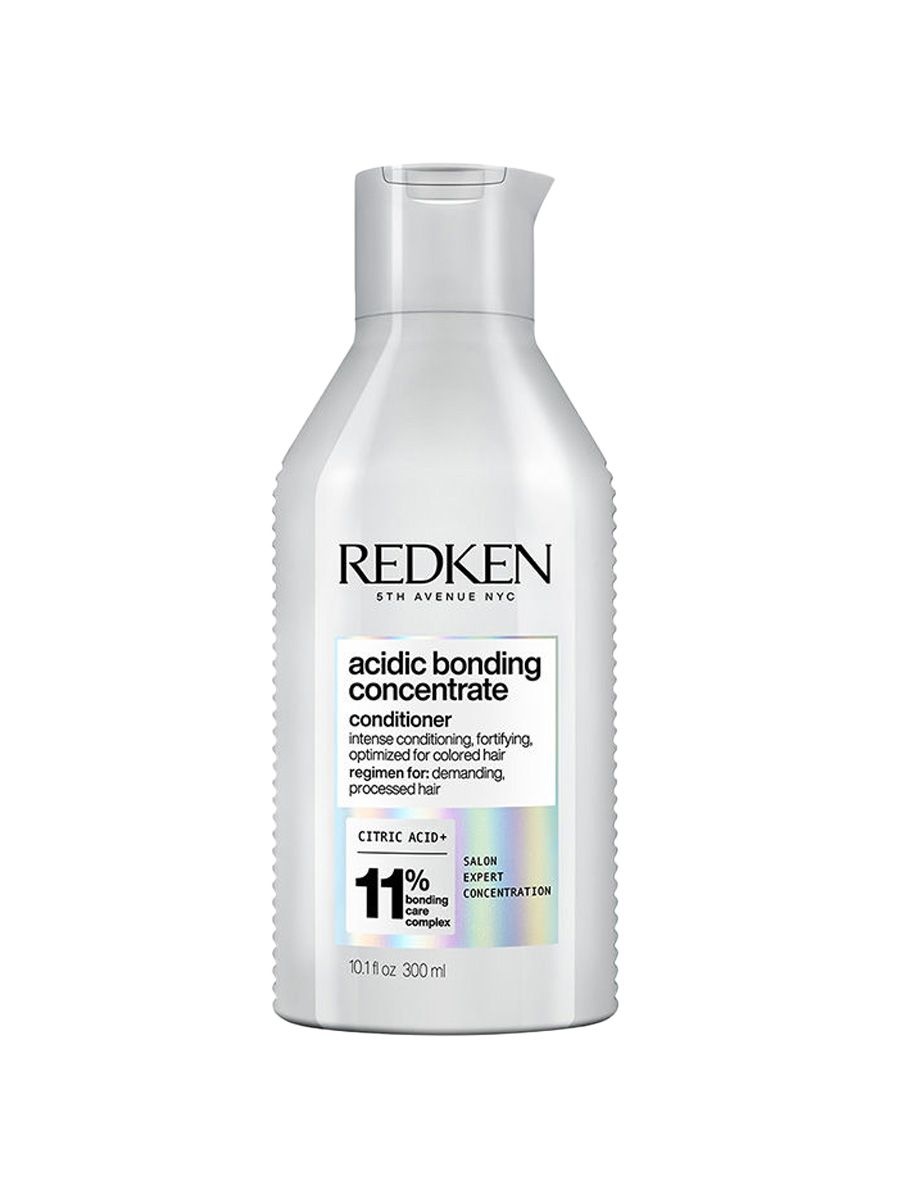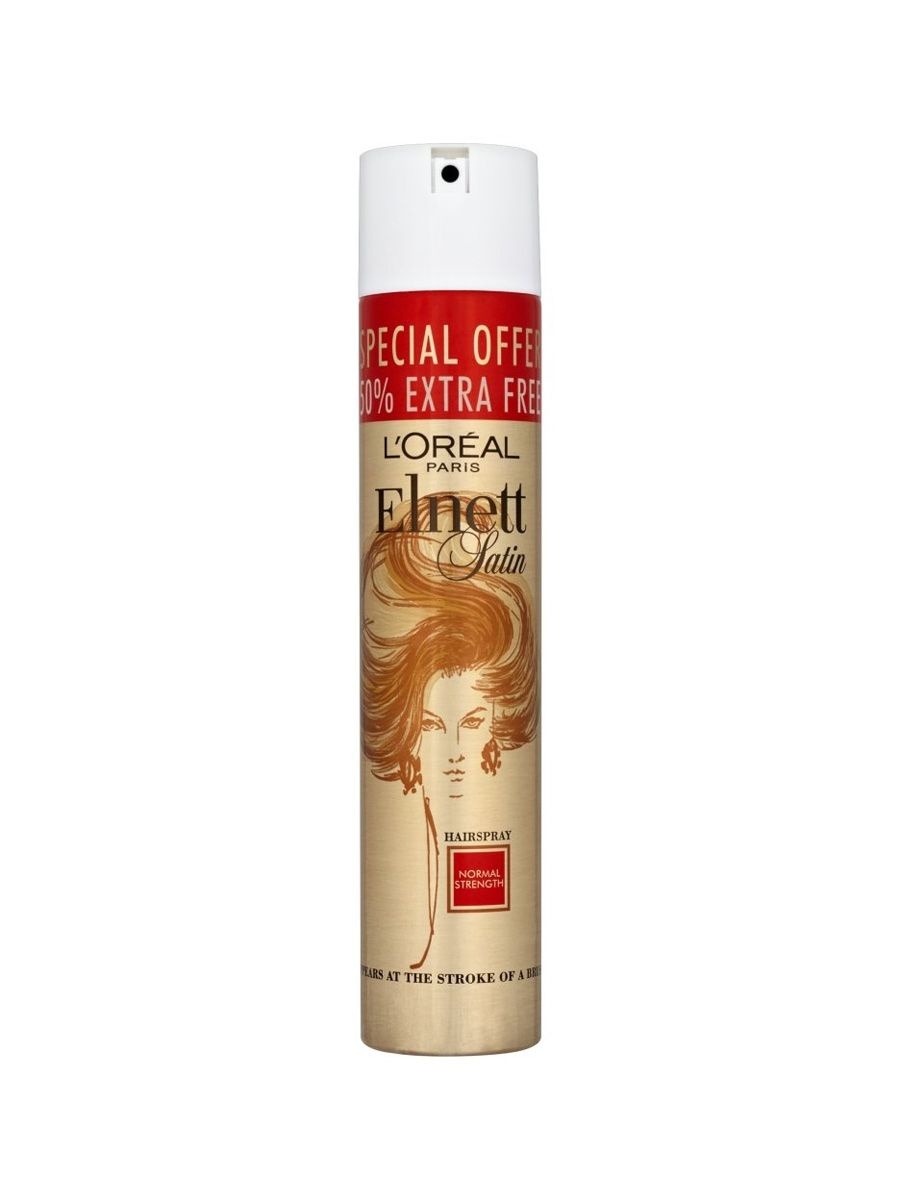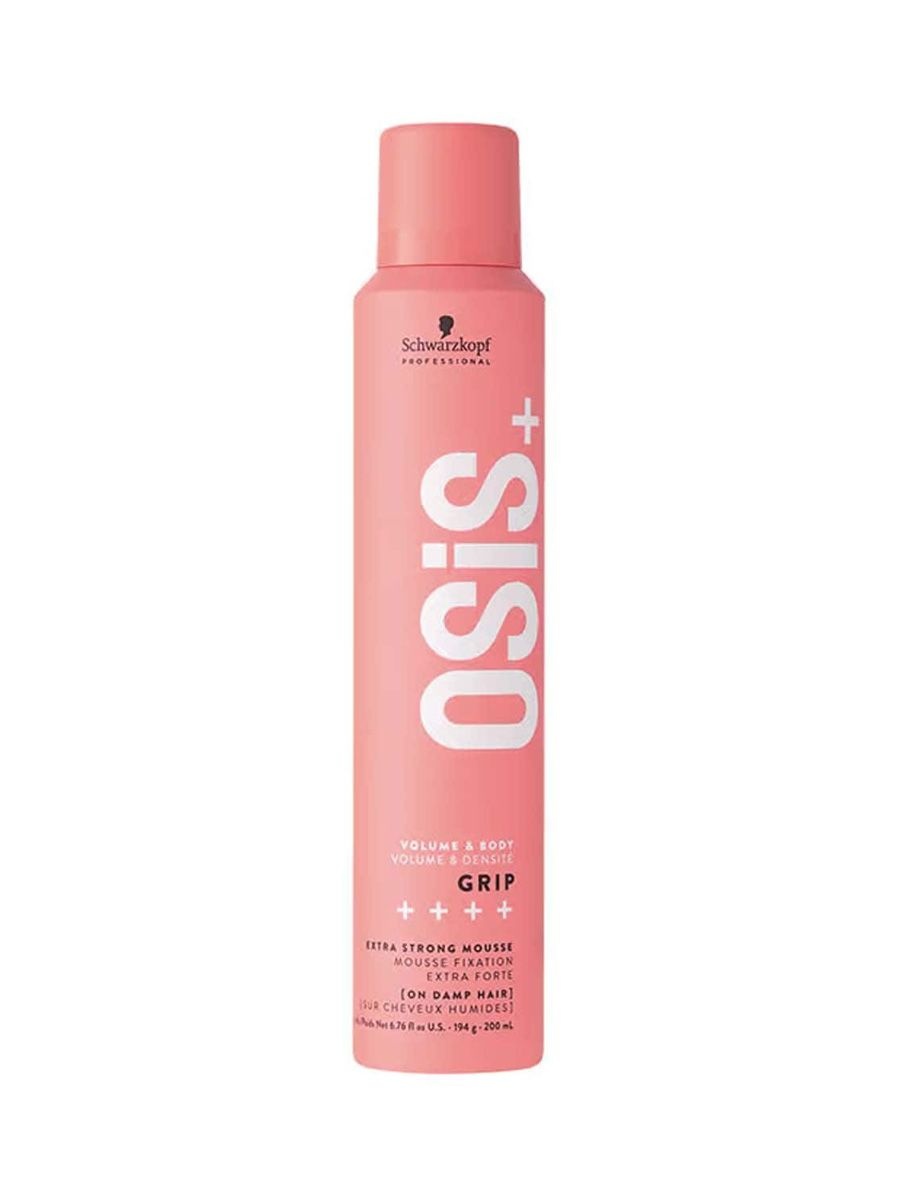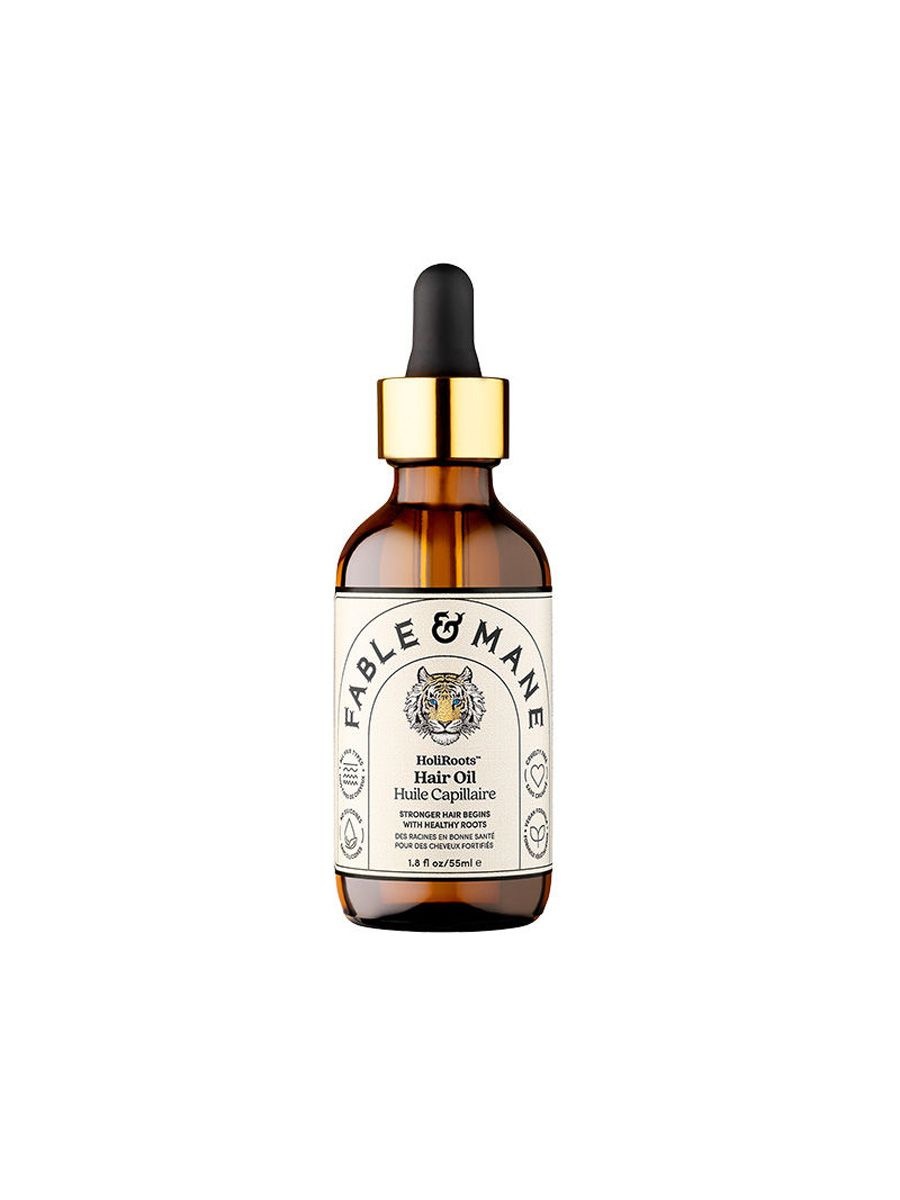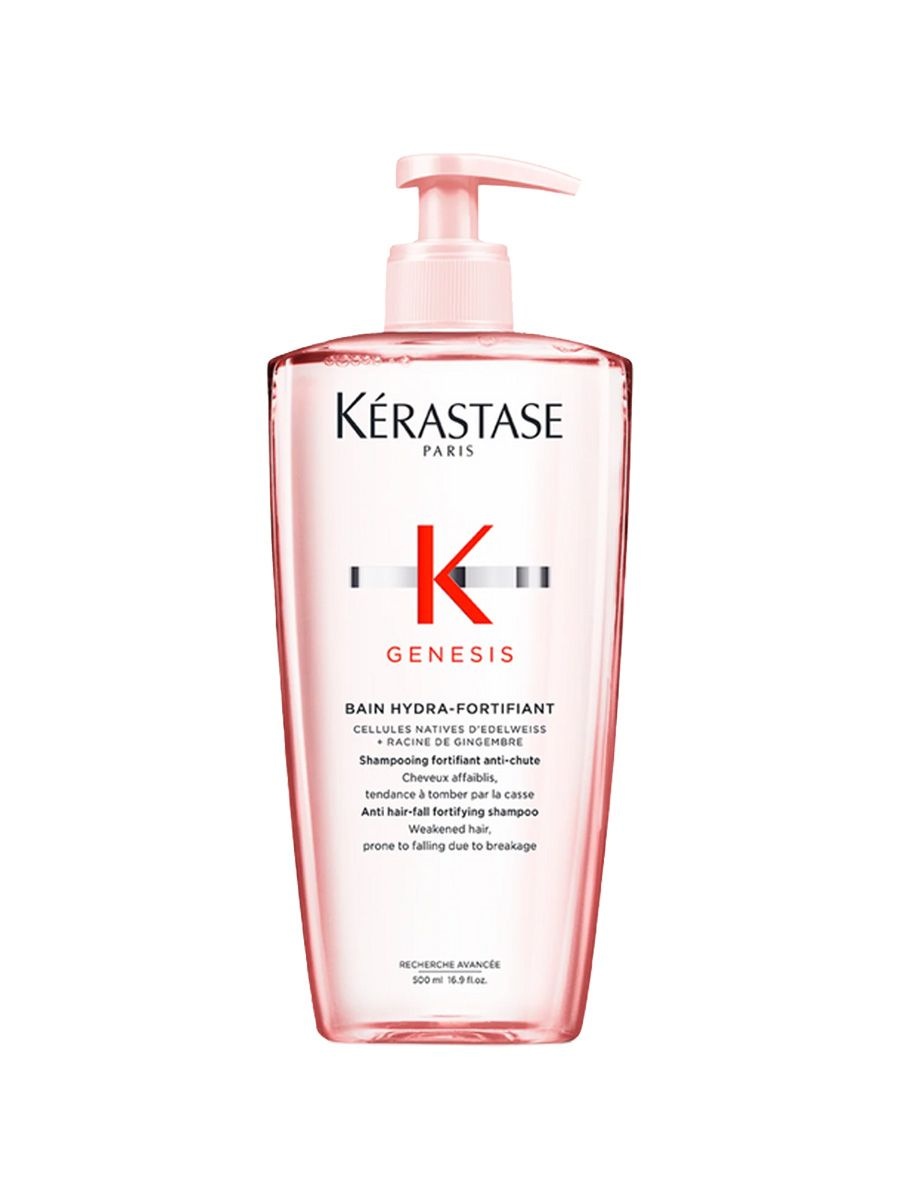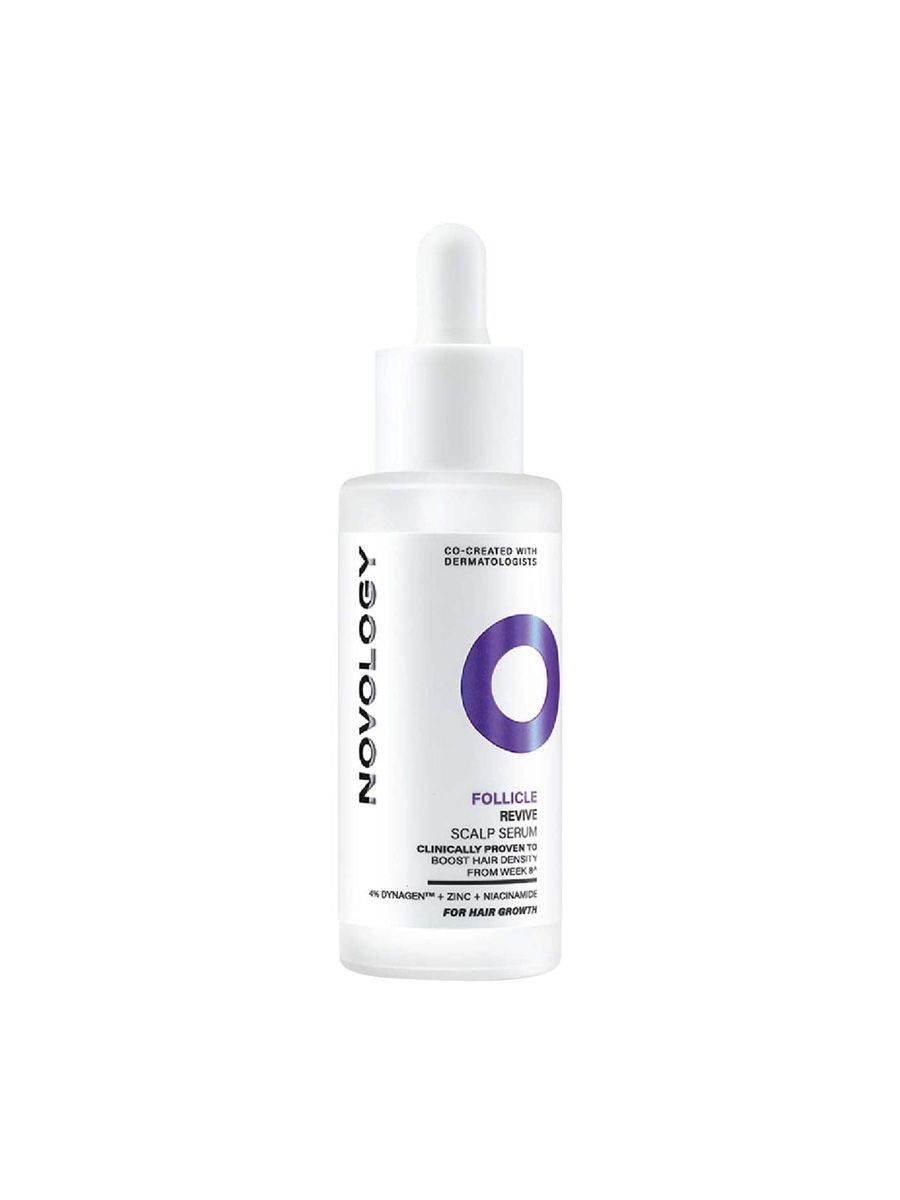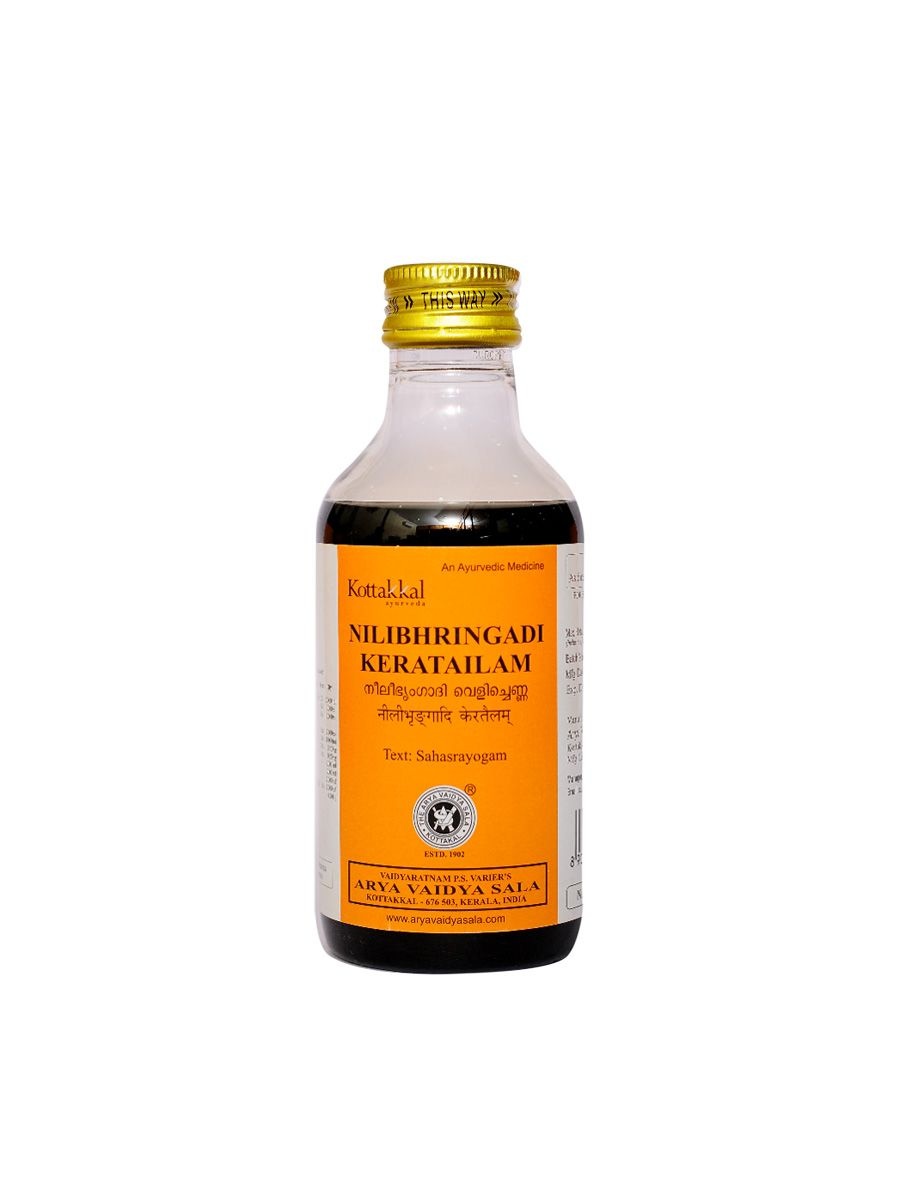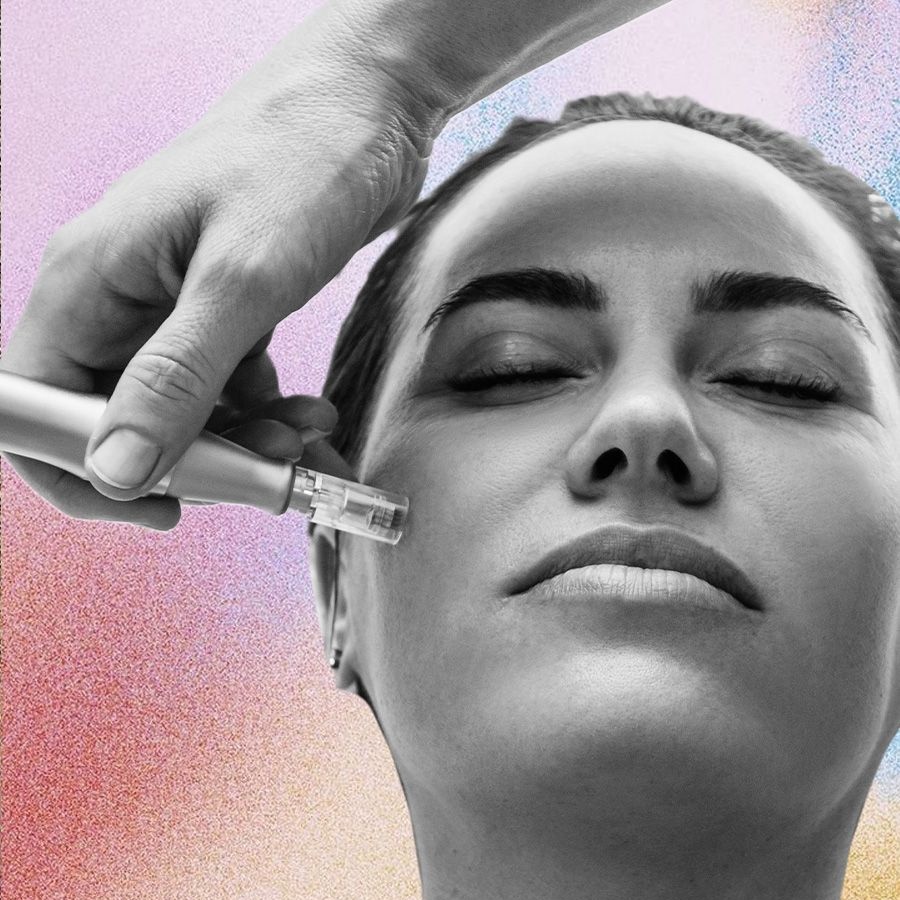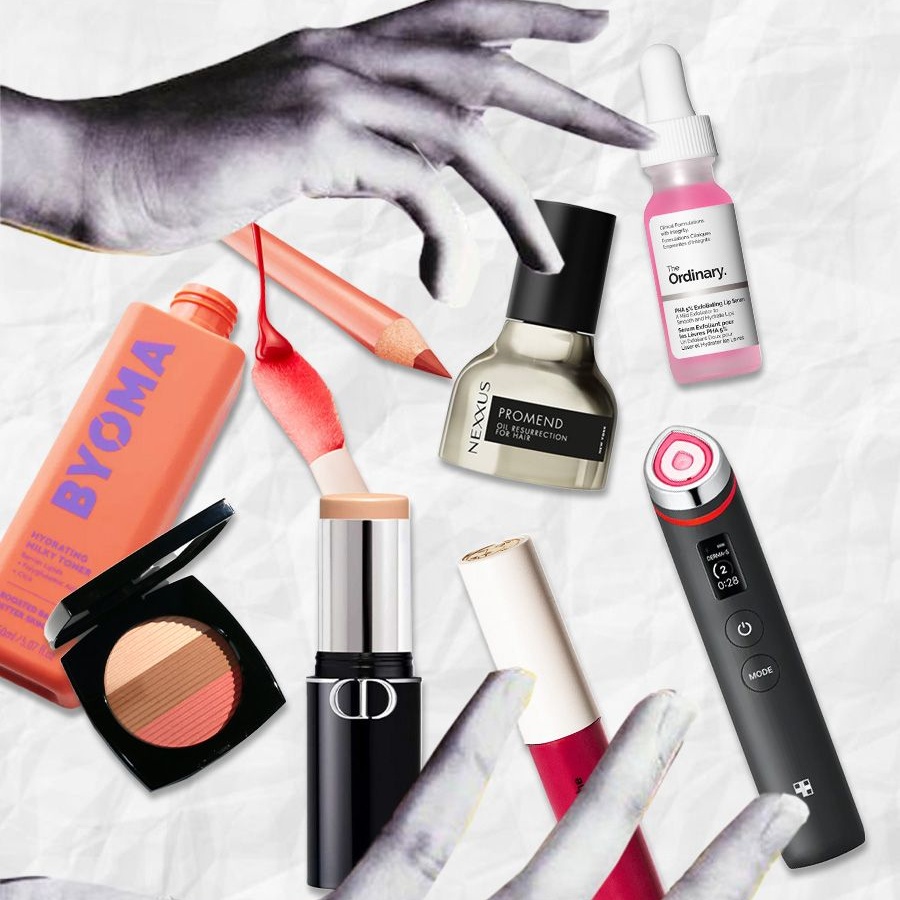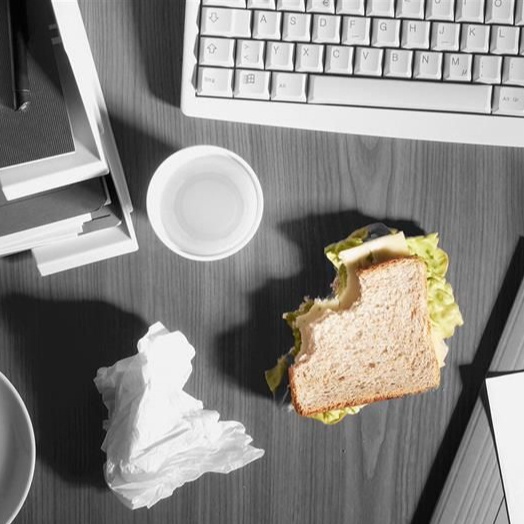I have what I once read in dark fairytales—hair like cobwebs. And there is nothing magical about it. I’m genetically blessed with fine hair. Hairstylists politely refer to it as “baby fine”, but let’s not mince words. At best it’s cotton candy. And at 45, after two rounds of hair botox, I learned that frizz is a friend and all the haircare launches that promise frizz-free hair are my nemesis.
I inherited the gift of no hair from my grandmother; I would see her winding a fake plait around her five strands of hair, then fashioning it into a chonky bun, without much thought. The first time I became aware of this inheritance was a few years ago, when I found myself trawling through a nest of extensions on social media and was about to max out a credit card on real human-hair extensions.
Thankfully, better sense prevailed; while an excellent way to buoy up nonexistent hair, extensions exert a ‘pull’ that would deprive me of the few strands I called my own. And I started on a journey of trying to make sense of my wispy, cotton-candy hair.
Medical interventions
In 2018, I visited a dermatologist who put me on weekly 30-minute red light therapy. Studies have shown that the light stimulates and prolongs the anagen (growth) period of hair. That’s when I discovered the four hair phases: anagen (growth), catagen (transition), telogen (rest), and exogen (shedding). All perfectly natural. Shedding, as awful as it looks in the drain, is required. Age, genetics, and your lifestyle affect these phases.
While my weekly red light therapy routine helped arrest some abnormal shedding, I didn’t notice magical results—maybe it needed daily sessions? After nine months of commitment, I took a break. Then the COVID lockdown hit. My hair, nurtured by home-cooked meals and the lack of heat styling, flourished. Until it didn’t. And three years ago, I found myself crying to Dr Madhuri Agarwal, asking for a miracle.
“It’s very important to distinguish between fine hair and thinning hair,” the Mumbai-based dermatologist told me gently. “Fine hair is genetic. You’re born with it. Thinning hair is when your strands reduce in size or fall due to factors like hormones, illness, or stress.” She recommended PRP (platelet-rich plasma) therapy to improve blood circulation and nutrition to the follicles. It also releases growth factors that can strengthen what you already have.
I started PRP treatment and stuck with it monthly for a year. One day while blast-drying, I got annoyed—there were a few spiky strands on top that refused to calm down. It took a minute to realise: this was new hair. Short, stubborn, and glorious. More recently, I added exosomes to the mix—tiny vehicles that carry growth instructions to cells. Basically: cell-to-cell coaching.
Dr Agarwal had warned me, though: PRP or any other treatment can’t alter your hair’s DNA. They won’t give you extra strands magically. They can’t alter your inherent hair pattern. What they can do is coax sleeping follicles back into action, which I saw in the form of the pesky new strands. Dr Madhuri calls it “a gentle shake-up for weakened or miniaturised follicles”.
Other evidence-backed interventions include low-level laser therapy (LLLT), which is used to treat androgenetic alopecia, and platelet-rich fibrin (PRF), which is being explored as a more potent, longer-acting alternative to PRP.
Botox for hair, and my glossy rebellion
Happy for my baby strands, but still annoyed with the texture, over the last three years I did two rounds of hair botox, ignoring Dr Agarwal’s gentle disapproval. No regrets. The joy of rushing out the door with wet hair that looked artfully air-dried 20 minutes later (yes, that’s how little hair I have) is unmatched. But the botox also roughens hair shafts and fries the ends. But as it grew out, and I started resembling a grease monkey with a mullet, I knew it was time. Time to go to the dark side. To embrace the frizz. To make peace with the cobwebs.
That’s when Savio John Pereira, my hairstylist, came to the rescue. Twenty minutes in his chair changed everything. “Don’t try to grow it out below your shoulders,” he warned. “It’ll only draw attention to how little volume you have at the ends.” He gave me a blunt lob with light, face-framing and texturised ends. And suddenly, I had hair with shape. He explained, “With fine hair, you want to avoid over-layering. Too many layers make the hair look thinner. Go for a soft, face-framing structure. Add babylights or root shadows to create an illusion of depth. And please avoid heavy creams or serums. They’ll drag everything down.”
Internet hacks and what really works
The Internet is full of remedies, and I’ve tried them all. Rosemary oil (jury’s out), scalp massages, caffeine shampoos, satin pillowcases, castor oil, inversion therapy (I drew the line at hanging upside down), and every volumising mousse known to humankind. What works? Here’s my cheat sheet:
- Lightweight volumising shampoos
- Root-lift spray before blast-drying
- Scalp exfoliation once a week
- Flip your parting every few days
- Cold air blast to finish styling
What doesn’t work? Heavy oils, daily washes, and doomscrolling before bed while comparing your crown to a Brazilian blowout on Pinterest.
Serums, peptides, and skincare for your scalp
Hair serums are no longer just frizz-tamers; some are now packed with peptides and actives that target hair growth from the root. The Ordinary Multi-Peptide Serum is a cult pick with caffeine and a cocktail of peptides like biotinoyl tripeptide-1. It’s meant to encourage thicker-looking hair, but consistency is key. Think skincare rules: cleanse, apply, wait, hope. You can expect subtle results over weeks, but not inches overnight. India’s answer to The Ordinary, Minimalist Hair Growth Actives 18%, goes in stronger. It combines redensyl, capixyl, anagain, baicapil, and procapil to reduce hair fall and support regrowth. Users report baby hair around the hairline with dedicated use. Other growth serums, like the Follicle Revive Scalp Serum and the Wishcare Hair Growth Serum, have also gotten rave reviews.
They are not miraculous elixirs. But they play nicely with medical interventions. Just avoid over-layering or mixing too many actives.
Did you get the minoxidil memo?
Minoxidil is a commonly recommended intervention—both topical and oral—used to support hair growth. The catch? It must be applied consistently, every single day. Skip a few days, and you risk reverting to baseline. Oral minoxidil is often considered more effective, but it can come with side effects like facial hair, dizziness, and water retention. It’s not for everyone, and it should only be taken under medical supervision.
There’s a cultural weight attached to Indian hair—thick, dark, and waist-length. In all my years of trying to fix my hair, I realised that what’s more important is redefining what good hair looks like to me—not volume, but vitality. Dr Agarwal reminds me, “Fine hair isn’t a flaw. It’s a feature. Like silk, it might look delicate, but it’s strong.” And she’s right.
